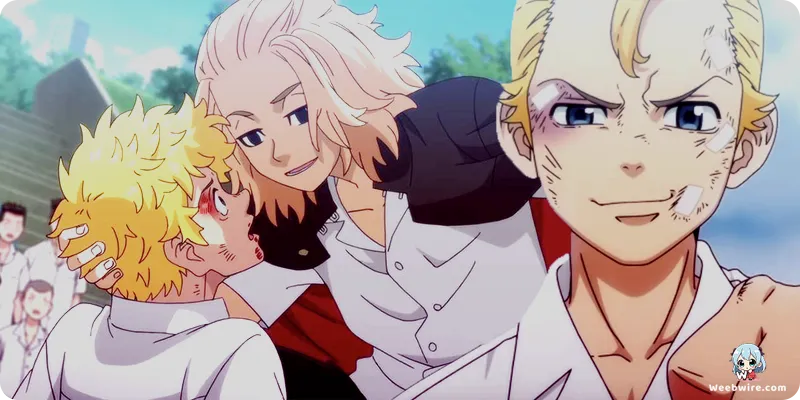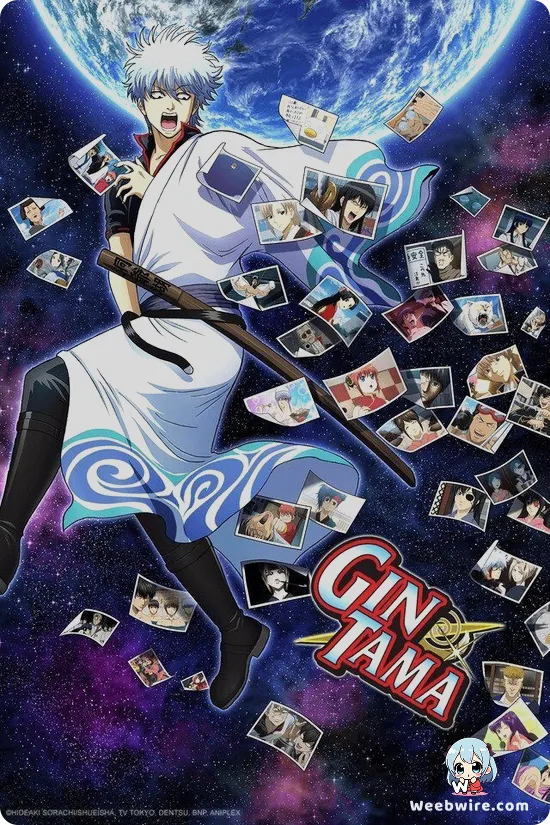Beyond the Brawls: The Unseen Rules of Time Travel and Psychological Secrets Driving the Success of Tokyo Revengers

Since its explosive debut, Ken Wakui’s Tokyo Revengers has cemented its place as a modern cornerstone of action-drama, seamlessly merging high-octane delinquent clashes with an intricate supernatural premise. While fans worldwide are gripped by protagonist Takemichi Hanagaki's desperate mission to rewrite history and rescue his childhood sweetheart, Hinata Tachibana, the true genius of the series lies in its deep, often overlooked, lore and psychological complexity. Moving beyond mere gang warfare, the mechanical specifics of the time travel, the hidden vulnerabilities of the Toman leadership, and the series' massive real-world cultural resonance provide fertile ground for deeper analysis.
The Specifics of Temporal Leaping
Crucially, the mechanics governing Takemichi’s ability to leap across time defy common science fiction tropes. His power is not self-activated through technology or sheer willpower; instead, it requires a physical catalyst: a handshake with Naoto Tachibana, Hinata's younger brother. This detail is vital, establishing the time-leaping power not as an individual skill, but as a reciprocal ability anchored by the strong emotional investment of another person, the one most desperate for a better future. Furthermore, Takemichi operates under a strict, unforgiving temporal constraint: he always transports back exactly twelve years. This fixed period heightens the narrative tension, forcing him to execute precise actions in the past to achieve far-reaching changes in the distant future.
The Layered Leadership of Toman
The Tokyo Manji Gang (Toman) leaders are equally layered. Manjirō "Mikey" Sano, the formidable "Invincible Mikey," commands respect through terrifying martial arts skill, yet harbors surprising, almost paradoxical, traits. Beneath his imposing facade, Mikey possesses a profound, almost childlike affection for simple pleasures, particularly Dorayaki and specialized children’s lunch boxes (bento). This poignant contrast underscores his youth and the immense pressure inherent in leading such a powerful organization. His notorious "Dark Impulses" the overwhelming fits of rage and instability seen in future timelines are not merely plot devices but profound explorations of how trauma and absolute power can corrupt a fundamentally good, yet emotionally fragile, leader, driving the core conflict of the series.

Standing shoulder-to-shoulder with Mikey is Ken "Draken" Ryūgūji, the vice-commander, instantly recognizable by his height, fiercely loyal demeanor, and iconic dragon tattoo. A lesser-known but defining aspect of Draken’s character is his upbringing in a brothel, an unconventional background that instilled in him an extraordinary sense of maturity, pragmatism, and responsibility far beyond his years. This history positions him as the essential moral and emotional anchor for the more volatile Mikey. His distinctive, tightly braided ponytail is also a deliberate stylistic reference to classic Japanese delinquent or 'Yankee' culture, which the series masterfully updates.
Production and Cultural Impact
The animation studio, LIDENFILMS, faced significant challenges in bringing Ken Wakui’s sharp, realistic artwork and dynamic action sequences to life. Known for their versatility, LIDENFILMS successfully balanced the raw emotional realism demanded by the drama with kinetic, impactful fight choreography, all while maintaining the authenticity of the 2005 setting. Achieving visual fidelity, particularly with the meticulously detailed Toman uniforms (tokkō-fuku) and specific character hairstyles, was crucial to capturing the spirit and swagger that defines the gang members, ensuring the series’ meteoric rise to success. This meticulous attention to detail, combined with the series' ability to modernize and popularize the traditional Yankee aesthetic, sparked a massive cultural trend globally, influencing fashion and merchandise and solidifying Tokyo Revengers as an undeniable cultural force.
Credits
Tokyo Revengers
Author
Ken Wakui
Cover Art
Ken Wakui
Studio
LIDENFILMS
Publisher
Kodansha
Producers





